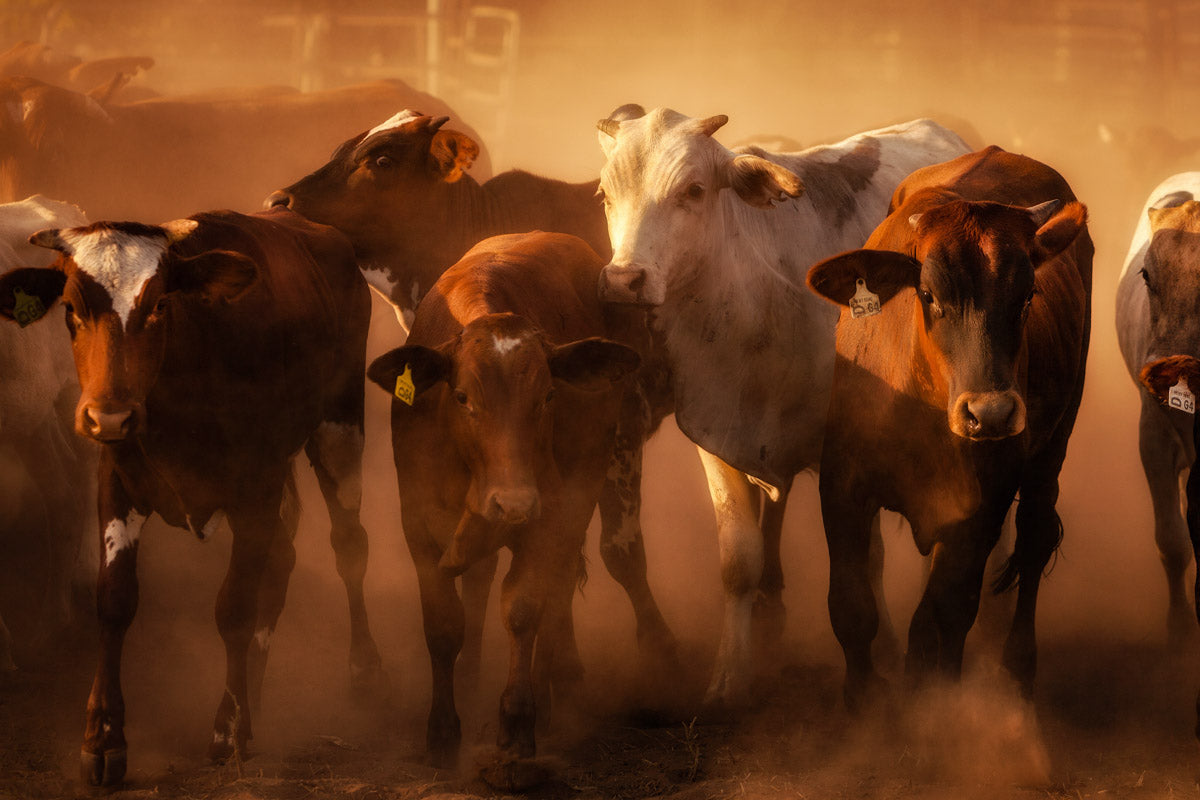As a dog owner, one of the essential decisions you'll face is choosing the right type of food for your furry companion. The debate between wet food and dry food has been ongoing for years, leaving many pet owners unsure about which option is best for their dogs. Both wet and dry dog foods have their unique benefits and drawbacks, and understanding these factors can help you make an informed choice that suits your dog's specific needs. In this article, we'll explore the pros and cons of wet food and dry food for dogs, giving you valuable insights to help you provide the best nutrition for your canine friend.
Wet Food for Dogs: The Pros and Cons
Wet dog food, also known as canned dog food, comes in sealed containers and contains a higher moisture content compared to dry food. Here are some of the advantages and disadvantages of feeding your dog wet food:
Pros:
-
High Moisture Content: Wet food has a significantly higher water content, which can help keep your dog well-hydrated, especially if they don't drink enough water on their own.
-
Palatability: Many dogs find wet food more appetising due to its richer aroma and texture, making it a great choice for picky eaters or dogs with dental issues.
-
Easy to Chew: Wet food is soft and easy to chew, making it suitable for puppies, senior dogs, or dogs with dental problems.
-
Nutritional Variety: Wet food often comes in a wide range of flavours and formulations, allowing you to provide your dog with a diverse diet.
-
Sensitive Stomachs: Dogs with sensitive stomachs may find wet food easier to digest due to its higher moisture content and softer texture.
Cons:
-
Cost: Wet food can be more expensive than dry food, which may affect your budget, especially for larger dogs or if you have multiple pets.
-
Short Shelf Life: Once opened, wet food has a limited shelf life and must be consumed or refrigerated promptly to prevent spoilage.
-
Dental Health: The soft texture of wet food may not provide the same dental benefits as dry food, which can help reduce tartar and plaque buildup.
Dry Food for Dogs: The Pros and Cons
Dry dog food is a popular choice among pet owners worldwide. Here are the advantages and disadvantages of feeding your dog dry food:
Pros:
-
Dental Health: Dry food's crunchy texture can help scrape plaque and tartar from your dog's teeth, promoting better dental health.
-
Convenience: Dry food is easy to store, has a longer shelf life, and doesn't require refrigeration once opened, making it more convenient for pet owners.
-
Cost-Effective: Dry food is generally more affordable than wet food, making it a cost-effective option, especially for larger dogs or multiple pets.
-
Nutritional Balance: Many high-quality dry dog foods are formulated to provide a balanced and complete diet, meeting your dog's nutritional needs.
-
Portion Control: It's easier to measure and control portion sizes with dry food, helping you manage your dog's weight and avoid overfeeding.
Cons:
-
Lower Moisture Content: Dry food contains less moisture, and some dogs may not drink enough water to compensate, leading to potential dehydration.
-
Palatability: Some dogs may find dry food less appealing than wet food due to its bland taste and lack of strong aromas.
-
Chewing Difficulties: Puppies, senior dogs, or dogs with dental issues may struggle with the hard texture of dry food.
-
Food Allergies: Some dogs may have allergies or sensitivities to certain ingredients commonly found in dry dog food.
Finding the Right Balance: Mixing Wet and Dry Food
As you weigh the pros and cons of wet food and dry food, keep in mind that you don't necessarily have to choose just one. Many pet owners opt for a combination of wet and dry food, which can offer the benefits of both types. Mixing wet and dry food can provide variety in your dog's diet while ensuring they receive the proper nutrients and hydration.
Before making any changes to your dog's diet, consult with your veterinarian. Your vet can help you determine the best feeding plan based on your dog's age, breed, size, health conditions, and individual preferences.
Remember that each dog is unique, and what works well for one may not be the best choice for another. Observe your dog's health, energy levels, and overall well-being to gauge how well their current diet suits them. Be open to adjusting their food as needed to ensure they thrive and lead a happy and healthy life.
In Conclusion
Choosing between wet food and dry food for your dog can be a challenging decision. Both options have their advantages and disadvantages, and there is no one-size-fits-all answer. It's essential to consider your dog's specific needs, preferences, and health conditions when deciding on their diet.
Ultimately, the goal is to provide your canine companion with a balanced and nutritious diet that promotes their overall health and well-being. Whether you choose wet food, dry food, or a combination of both, always monitor your dog's health and consult with your veterinarian for personalized advice on their dietary needs. With the right nutrition, your furry friend can lead a long, healthy, and happy life by your side.




